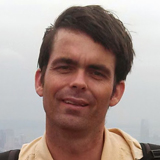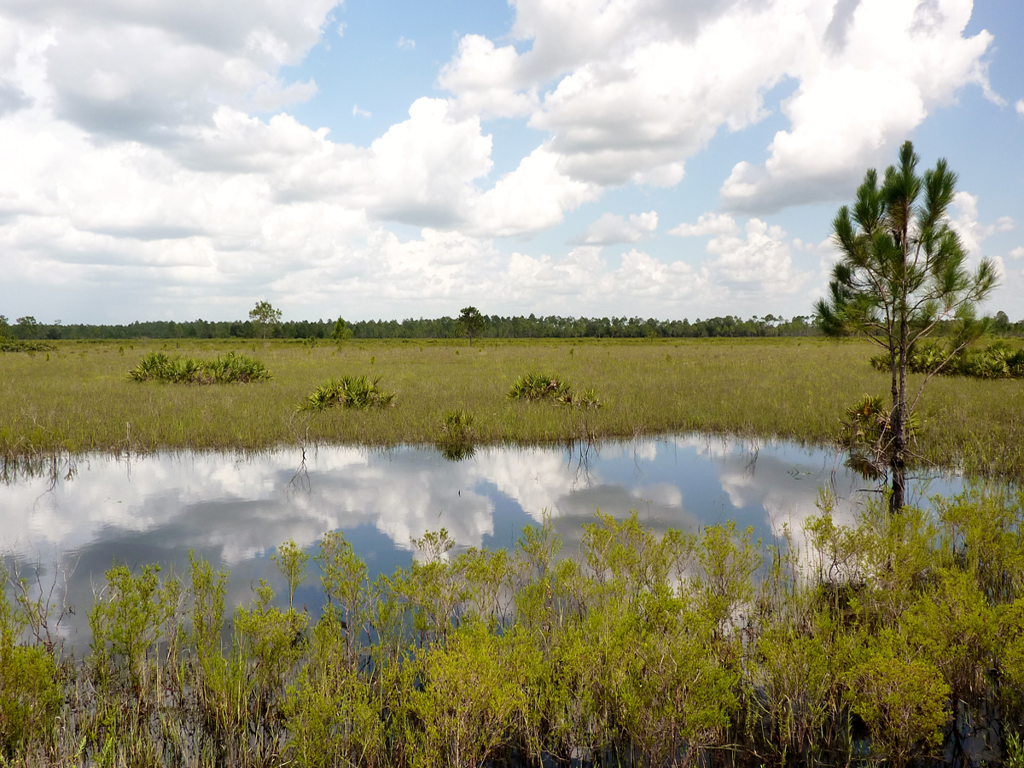Chris Buddenhagen

**We are pleased to announce that Chris took a Postdoctoral position at University of Florida in Fall 2016 and is currently at AgResearch in Hamilton, New Zealand. The content on this page will become increasingly out-of-date. To catch up on Chris's activities, visit his new website here.**
I employ phylogenetic tools for comparative biology to investigate evolutionary relationships, morphological diversification and biogeography in beaksedges (tribe Rhynchosporeae, family Cyperaceae). One interesting aspect of the tribe's evolutionary history that I examine is the development of insect pollination in multiple lineages from wind pollinated ancestors (wind pollination predominates). Other morphological aspects I investigate include C4 photosynthesis, shifts to forest habitats, and fruit morphology. This cosmopolitan tribe has high levels of local endemism in savanna regions, especially in savannas that occur in the southeastern North American Coastal Plain, Central America, the Caribbean, the Guiana Shield and Brazilian Shield regions. For example, at 44% it has the highest level of endemism of any vascular plant genus in the SE North American Coastal Plain. This implies that the evolutionary history of the beaksedge tribe's two genera Rhynchospora and Pleurostachys is tied to the savanna biome. Studying the evolutionary history of this tribe and other lineages that occur in multiple New World savanna regions could provide insights into the development of the savanna biome there and worldwide. Fossil evidence suggests that savanna formation began about 43 million years ago, with rapid expansions occurring in the last 20 million years. My research suggests that the most recent common ancestor for the tribe occurred about 43 million years ago and was a savanna-dwelling plant in the Brazilian Shield. My research employs anchored phylogenomics, a method developed by my collaborators Alan and Emily Lemmon. The Mast and Lemmon labs are pioneering its use in plants. It involves targeted hybrid enrichment methods and next generation sequencing to obtain hundreds of orthologous loci for downstream phylogenetic analysis.
PhD, Florida State University, Department of Biological Science, Fall 2016.
MSc, Botany, Auckland University, New Zealand, 1995.
BSc, Biology, Auckland University, New Zealand, 1992.
Currently based in Gainesville, FL.
cbuddenhagen@bio.fsu.edu
Selected Publications
A First Look at Diversification of Beaksedges (Tribe Rhynchosporeae; Cyperaceae) in Habitat, Pollination, and Photosynthetic Features.
Memoirs of the New York Botanical Garden 118.A Pragmatic Approach to the Management of Plant Invasions in Galapagos.
Plant Invasions in Protected Areas, Pp. 349–374 in Plant Invasions in Protected Areas: Patterns, Problems, and Challenges, eds. L. C. Foxcroft et al.Biofuels: the risks and dangers of introducing invasive species.
Biofuels 1: 785–796.Guidance for addressing the Australian Weed Risk Assessment questions.
Plant Protection Quarterly 25: 56–74.
An Extensive Alien Plant Inventory from the Inhabited Areas of Galapagos.
PLoS ONE 5: e10276.